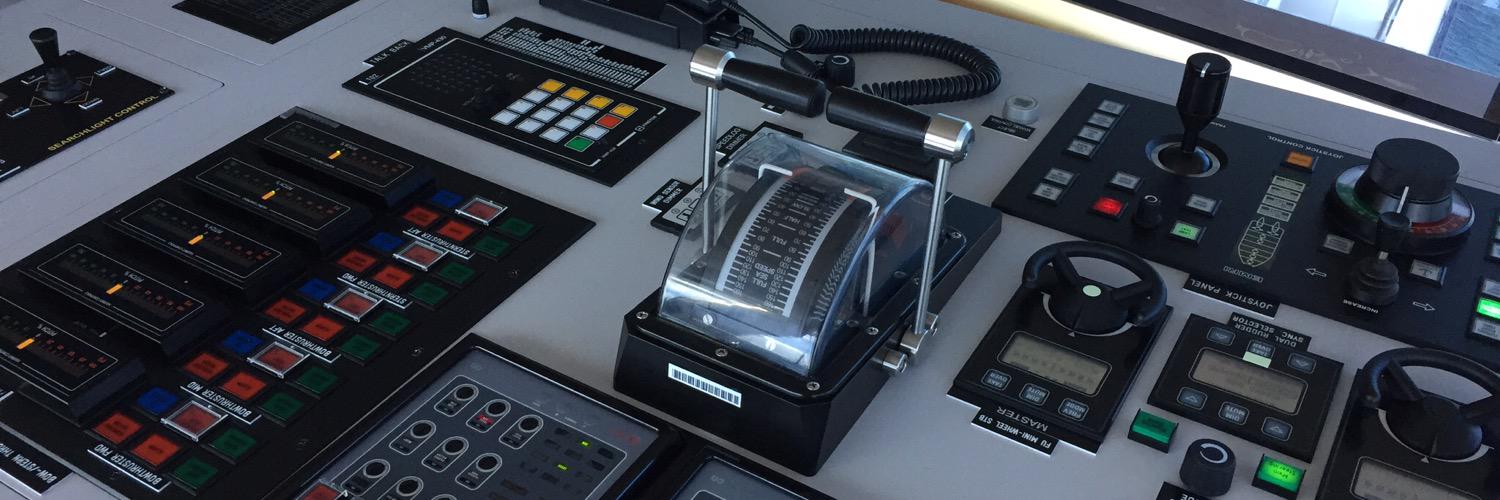“That’s not AI, that’s three IF statements in a trench coat”
“This can’t be happening!” John was stressed out. He stared intently at the screen with bloodshot eyes betraying his failing attempt to hide his all-nighter. He never intended to stay up all night on this coding binge, but he was eager to impress his new team.
Fresh out of college, this was John’s first real project. It had been going exceptionally well and earlier in the night, he was euphoric with the progress. But now he was stuck. The complex logic that had previously worked was no longer delivering the right results with the new test data. What changed? Quickly he began adding debug prints and assertions to narrow in on the defect.
This was going to take several more hours, he thought to himself. Anxiety set in. Just four hours before the demo was scheduled. “Why in the world did I schedule that demo?”
Then it hit him. Didn’t Julie tell him that they had just rolled out a new AI tool for coders? He flipped over to his email inbox and found the announcement. “Step 1: Download this plugin to your IDE.” He followed the steps and soon the plugin came to life. A dropdown menu appeared highlighting quick action features like “Explain this”, “Document this”, “Test this”, and then he saw the new AI gourmet hamburger menu serve up a glorious “Fix this” tile.
“Yes!” Click! He literally held his breath. The AI went to work. A spinning wheel soon started churning out text. It first described the section of code he was debugging, correctly outlining how it was building the result, even complimenting him on the code. Ugh, that’s not helping, he thought. But then the AI assistant added at the end, “However, this one line seems to have an incorrect indentation that could be preventing expected results. Would you like me to fix it (Y/n)?”
John laughed and almost cried as he clicked yes. “Of course! I can’t believe I missed that!” Suddenly, his code was working as expected. He was ready for the demo, even if he was more ready for a good night’s sleep.
—-
Sasha was the departmental wizard. She was the most senior engineer and had more history in the company than anyone else. Need to know how something worked or the history on why it worked the way it did? Just ask Sasha. She probably built it! As she fired up her IDE to start the new project, she smiled. “I’m going to AI the heck out of this” she said to herself. The keyboard exploded to life as her fingers flooded the screen with instructive text. She described the data structures, global settings, APIs and logic required to complete the project. Like magic, classes and functions began to appear in translucent text below her cursor.
“Tab. Tab. Enter.” she verbalized her actions, smiling with each keystroke as code materialized on the screen. The AI assistant was filling in all the code. It was powerful! Quickly scanning the logic, she hummed her approval.
“Nice!” she exclaimed and scrolled down and entered more instructive comments, again followed by the AI assistant quickly filling out the details. She made some minor changes to variables to match the company style. The AI adapted and started using the same style in the next coding blocks.
Sasha shook her head, “This is just brilliant,” she laughed. Further down she began writing the complex logic to complete the project. The AI didn’t get all of it right. But it was easy to tweak the changes she needed. She occasionally ignored some of the suggestions from the AI but was quick to accept the suggestions that would hydrate data structures when she needed them, removing that tedium and making it easier for her to tackle the more difficult sections.
“Done!” Sasha folded her arms and looked at the team around her with a great deal of satisfaction. “It’s working!” This 6-hour job only took 3 hours to complete, thanks to this AI assistant.
—-
Coming soon, to an IDE near you… These new AI assistants are starting to show up everywhere. They are ready to help. They can code, test, debug, and fix. They are always ready to serve. But the question is, are you ready for them?
Well, I don’t know about you, but I’m ready! I first started using GitHub CoPilot for my personal side projects, allowing it to help write code, translate code, review, and even fix my code. Like those fanciful stories above, I’ve been nothing but amazed at this incredible tool and its ability to amplify my efforts. It feels so good, so empowering and expressive.
I confess, I love coding. I believe every technologist, including leaders, should stay “in the code” to some degree. It’s both grounding and inspiring at the same time. Coding is art. It’s so satisfying to sculpt a digital canvass and watch a program emerge. But I admit, these AI coding assistants took it to the next level for me. I feel like the creative director for my projects, not just the keyboard hacker. I nudge my idea out there and the AI reads my mind, filling in the tedium and doing the toil for me. It’s simply brilliant!
Some adult supervision required. Every suggestion the AI makes is an opportunity for human judgement. I confess that I have learned a lot from the AI suggesting an approach I wouldn’t have done myself, but I have also seen it make a miss or two. All good. I don’t mind helping my digital Padawan navigate the complexities of programming. As the coding Jedi Masters, that is my role after all. Review the work. Validate the logic. Yes, and even learn a thing or two myself.
Someone once said, “You’re not going to lose your job to AI, you’re going to lose your job to someone who knows how to use AI.” Get busy learning how to use these new tools. I think you will love them. Prove me wrong! Are you using tools like GitHub CoPilot yet? What are your experiences? I would love to hear from you.
These tools are the worst they will ever be, they are just going to get better. But I believe the same thing about all of you. We have an incredible ability to adapt, create and become more than we were before. Go at it, learn something new, and grow.














